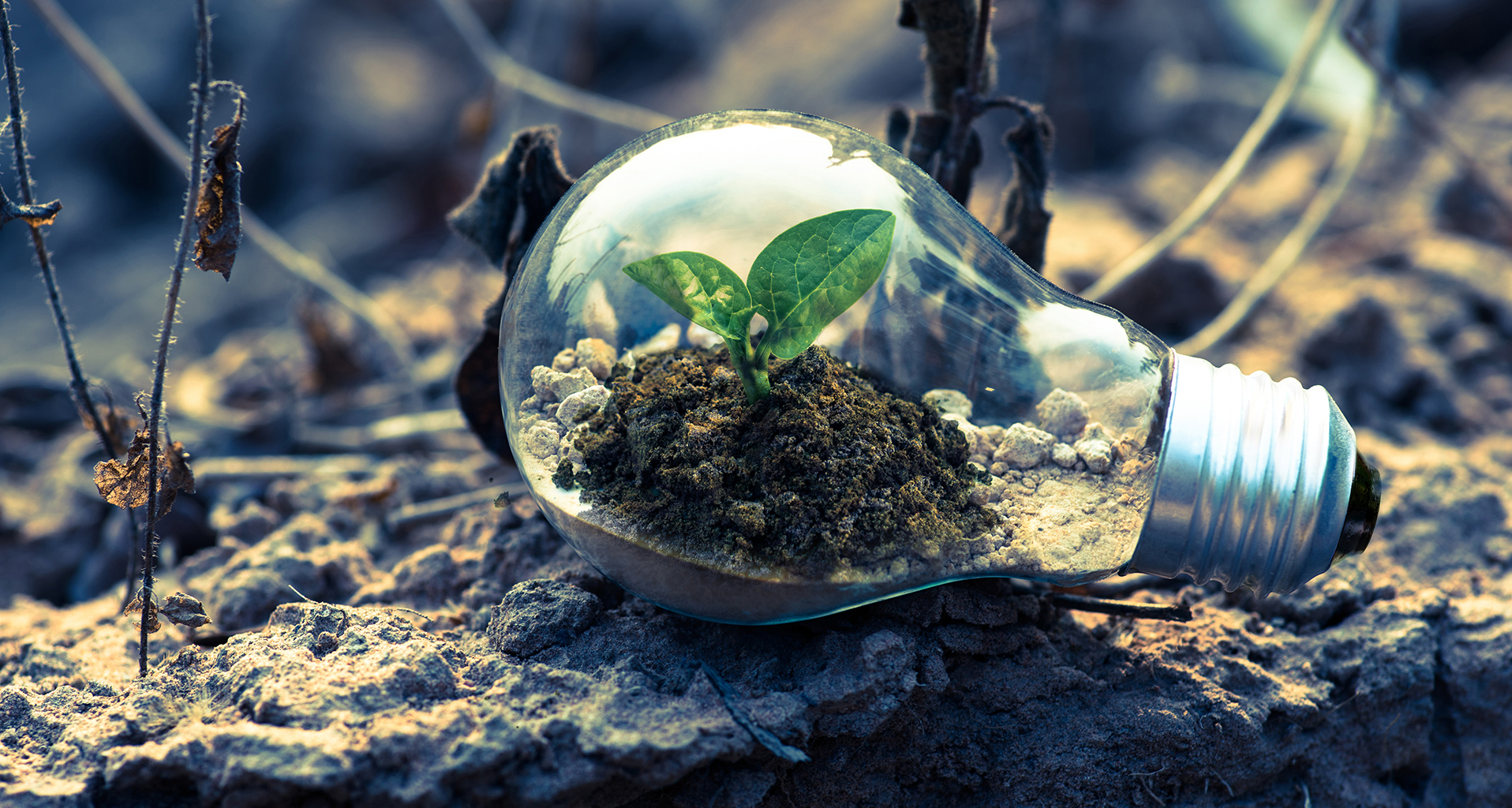“O! for a muse of fire, that would ascend the brightest heaven of invention.”–William Shakespeare
For an artist there is no greater feeling than when inspiration strikes. It’s almost intoxicating.
Whenever I get a good idea—I mean a “really good” idea, it’s like someone or something has given me an amazing gift. The hair stands up on the back of my neck, my heart quickens and a pleasant tingling settles in the pit of my stomach.
In that moment, all I can think of is this creative seed, this spark of inspiration that has been dropped into my lap. It’s a treasure like no other. And like any treasure my first reaction is to grab it and hold on tight—to protect it.
At this moment I usually scramble to write down the idea before I forget it. And this isn’t as easy as it might sound. After all, a blast of inspiration hits an artist with an enormous amount of raw creative energy. It is almost a visceral experience. In a way it is more felt than thought.
When the muse whispers her secrets, the artist gets the full brunt of its energy in all its imagined completeness—perfect and whole. But it is only a seed. And within that seed resides the potential of the entire thing—whether that be a novel, a painting or a song.
In order to share it, to create, the artist must do the near impossible—which is totranslate this perfectly complete “feeling” by using comparatively clumsy tools (words, sounds and pictures) to recreate the elegance of inspired thought—its emotional impact. It’s kind of like smashing a rock against a piece of marble to draw out the sculpture inside. But this, at its core, is the daunting task of every artist.
And it’s during this translation process that an artist is most vulnerable to creative blocks—especially if she is unaware of this energy’s true nature, which is its need to evolve and grow past the point of inspiration.
Inspiration is like any seed or spark. Packed within is a huge amount of creative, potential energy. All this potentiality lies in wait until it gets the opportunity to mature. If the seed or the spark is unable to do so, it will die and whither. No seed can sustain itself indefinitely without growing. A spark will eventually burn out if it’s not given the room to expand.
This is what happens when the artist’s ignorance of the process compels him to stay too true to his muse; when he becomes too attached to the original idea. So instead of allowing the idea to grow and expand in exciting ways, he ends up limiting it by his misguided attempt to preserve it.
I can’t count how many times I’ve blocked myself by doggedly sticking to what I believed was the original idea, instead of letting it go where it wanted to. As I write, I’ll often notice that the story seems to take on a life of its own. It goes in unexpected directions. Perhaps it even starts to become something else.
In that moment I jump to my muse’s defense and curtail the creative chaos, bringing the story back to the original concept. Invariably, this approach (no matter how well-intentioned) kills the work.
I then wonder what went wrong. How could such a great idea die?
It is because I killed it by not letting it grow. I bought into the illusion—my limited interpretation of what I thought the idea should be. An interpretation based upon the few words I managed to string together in the mad rush to preserve the original idea—during my initial blast of inspiration.
But, in doing so I only managed to capture the tiniest bit of the whole picture. In my arrogance, I believed the idea to already be complete and perfect. So I didn’t let it grow any further. I loved the idea so much and became so attached to it that I tried to keep it just the way it started out. And because it couldn’t grow—it died.
You might say I killed it with kindness.
Inspiration is not a vision of some artistic end result. Even if it is—we are seriously handicapped when it comes to translating this energy through things like words, pictures and sounds. As beautiful as these things can be, they are simply not up to the monumental task of translating the raw energy of pure inspiration. But that doesn’t stop us from trying—as the multitude of books, paintings and songs can attest. Nor should it.
So, it may be far more useful to treat inspiration as the first step in a larger creative process, remembering not to get too attached to any one idea.
In this way we open up to the hidden potential of all the ideas as they occur to us, allowing them to expand into far greater versions of themselves. Go with the flow. Allow your work to breathe and witness the creation process as it unfolds.
Don’t be an artistic control freak. Control is boring. Do you really want to control the roller coaster or would you rather throw up your arms and scream in delight?
The best artists allow their muses to run wild—the Masters somehow manage to hang on for the ride.
A few things to remember:
1) Inspiration is the starting point, not a vision of the end goal.
2) Let ideas evolve and grow naturally.
3) Understand that the best art still only captures a tiny part of inspired thought using relatively clumsy tools (words, sounds and pictures) to recreate the indescribable elegance of inspired thought. So don’t get messed up (blocked) by trying to recreate it completely—it won’t happen.
4) As powerful as inspiration is, it can be choked by too tight a collar.
5) Don’t be afraid to abandon the original idea if it wants to go in new and more exciting direction.
6) Control is boring.
Thanks for visiting. A note of appreciation to all of my regular and new readers. Your interest in my work is deeply appreciated. Blogging can be solitary work. I welcome your comments and questions. Become part of the discussion.
Please use the Facebook comments box at the bottom of each post. If that doesn’t work for you drop me a line through email or the green “Contact Us” tag to the right.
I also invite you to sign up for my Email list by using the sign up box on the right of the post and get a free copy of my book “My Happy Workplace”.
Hope to hear from you soon….Troy

